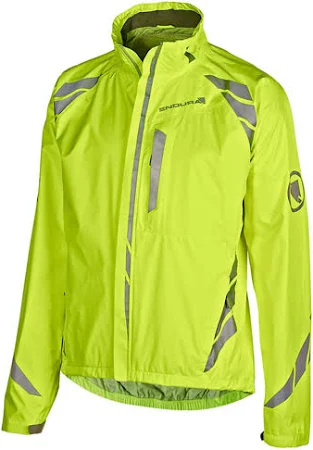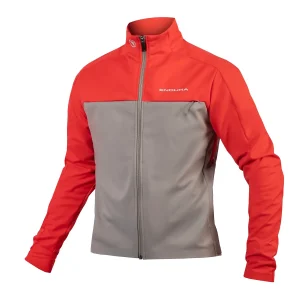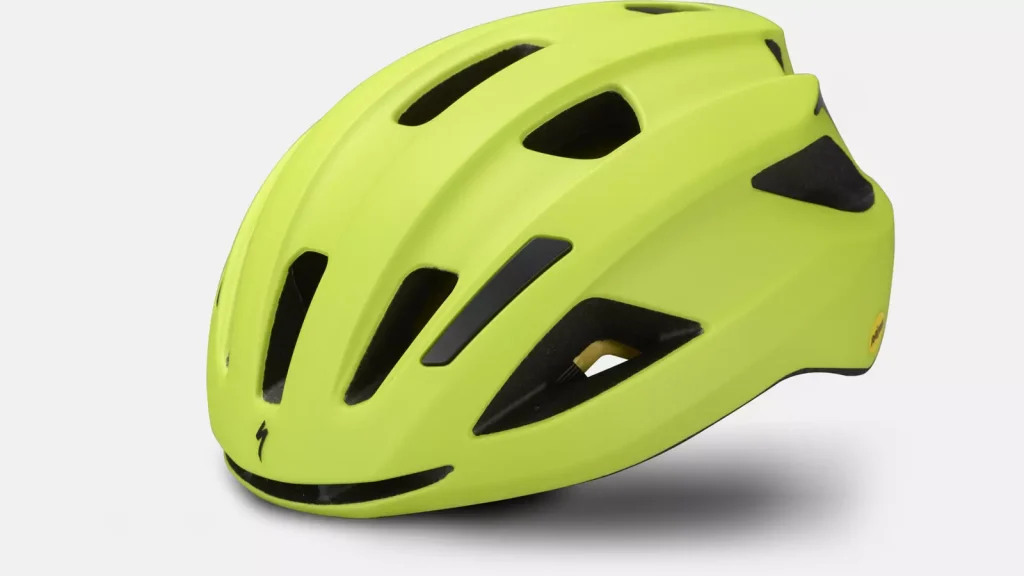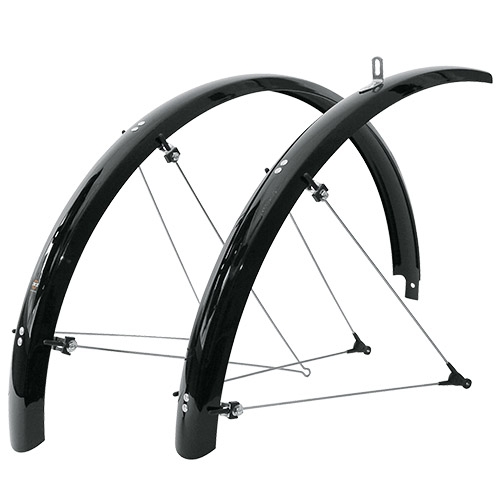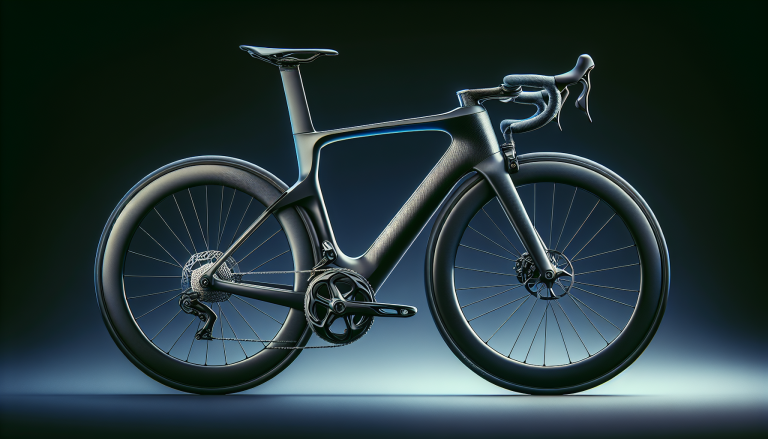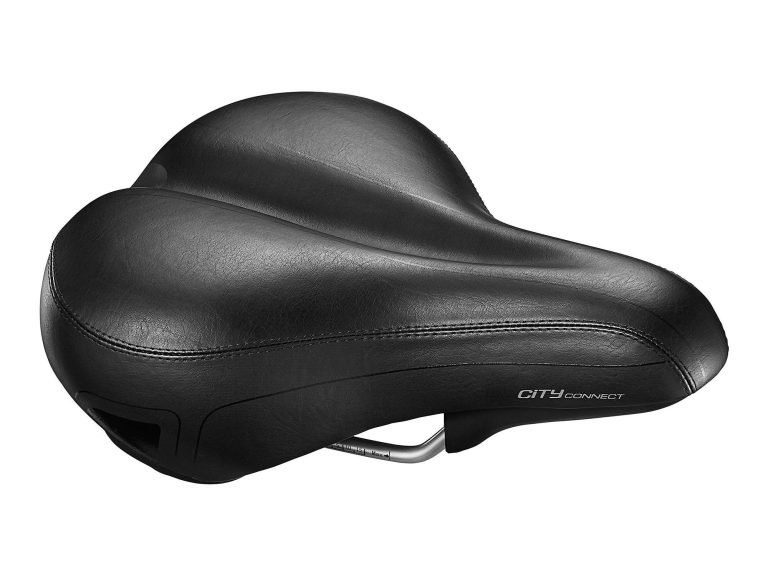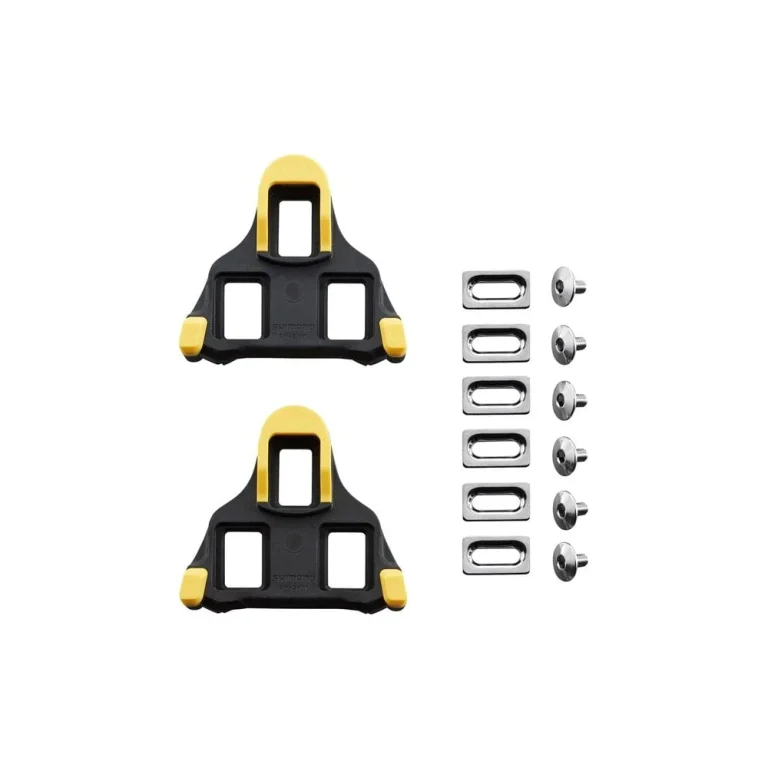When it comes to cycling, safety should always be a top priority. And one crucial aspect of staying safe on the road is ensuring you are highly visible to drivers, especially during low-light conditions. But with so many reflective colors and options available, it can be overwhelming to determine which one is the best choice. In this article, we will explore the different reflective colors commonly used by cyclists and provide insights into which color might be the most effective in enhancing your visibility and ensuring a safer ride. So, gear up and let’s shine some light on the best reflective color for cycling!
Table of Contents
ToggleFactors to Consider
When it comes to choosing the best reflective color for cycling, there are several factors to consider. These factors include visibility in different light conditions, contrast with surroundings, and personal preference. By taking these factors into account, you can ensure that you select the most effective reflective color for your cycling needs.
Visibility in Different Light Conditions
One of the most important factors to consider when choosing a reflective color for cycling is its visibility in different light conditions. As a cyclist, you are likely to ride during various times of the day, including dawn, dusk, and nighttime. Therefore, it is crucial to choose a reflective color that stands out and is highly visible in all lighting conditions. This will not only enhance your safety but also make you more visible to motorists, reducing the risk of accidents.
Contrast with Surroundings
Another factor to consider when choosing a reflective color for cycling is its contrast with the surroundings. The chosen color should stand out and be easily distinguishable from the environment in which you are riding. For example, if you are cycling in a predominantly green landscape, opting for a reflective color like yellow or orange would provide better contrast and visibility. By considering the contrast with your surroundings, you can ensure that your reflective gear stands out and catches motorists’ attention.
Personal Preference
While visibility and contrast are crucial, personal preference should also be taken into account. After all, you want to feel comfortable and confident while cycling. Reflective colors come in a variety of options, including yellow, orange, green, blue, and red. Each color has its own unique qualities and appeals to different individuals. Consider what color resonates with you the most and makes you feel safe and visible on the road.
Popular Reflective Colors
Now that we have considered the important factors, let’s explore the popular reflective colors frequently used by cyclists for enhanced visibility.
Yellow
Yellow is a highly popular reflective color among cyclists due to its high visibility. It stands out in most lighting conditions and offers excellent contrast with many backgrounds, making it an ideal choice for cyclists riding in diverse environments. Yellow reflective gear, such as vests, jackets, and ankle bands, can greatly enhance your visibility on the road.
Orange
Orange is another effective reflective color for cycling. It is particularly advantageous in environments with green or blue surroundings as it provides great contrast. Orange reflective gear, such as armbands or helmet covers, can be easily spotted by motorists, ensuring that you are visible from a distance.
Green
Green reflective gear is a popular choice for cyclists riding in predominantly urban or forested areas. This color offers good visibility in various light conditions and blends well with nature. If you frequently ride through wooded areas or urban landscapes, incorporating green reflective elements into your cycling gear can help you stand out and enhance safety.
Blue
Blue reflective gear is not as common as yellow or orange, but it can still be effective in certain situations. It is best suited for environments with more muted colors, where it can provide a unique contrast. Consider incorporating blue reflective elements into your cycling gear if you ride in urban areas with a predominantly gray or black color palette.
Red
Red reflective gear is often associated with rear lights and reflectors on bicycles, but it can also be incorporated into clothing or accessories. While red may not be as attention-grabbing as yellow or orange, it is still a valuable color for enhancing visibility. Red reflective elements can be particularly effective at night, as they mimic the appearance of brake lights, alerting motorists to your presence from behind.
Effectiveness of Reflective Colors
Now that we have explored the popular reflective colors, let’s compare their effectiveness in different scenarios.
Yellow vs. Orange
Yellow and orange are both highly visible colors, but each has its own strengths. Yellow stands out in most lighting conditions and offers excellent contrast in a variety of environments. On the other hand, orange provides exceptional contrast in green or blue surroundings. When choosing between yellow and orange, consider the predominant colors in your cycling environment and select the color that will provide the greatest visibility and contrast.
Green vs. Blue
Green and blue are both unique reflective colors, each with its own advantages. Green offers good visibility and blends well with natural surroundings, making it ideal for cyclists riding in forests or urban areas. Blue, on the other hand, provides contrast in environments with muted colors, adding a touch of uniqueness. Consider the colors of your surroundings and the image you want to project when deciding between green and blue reflective gear.
Red vs. Yellow
Red and yellow are commonly associated with safety, but they have different roles in reflective gear. While yellow is highly visible in various lighting conditions, red is particularly effective at night. Incorporating both colors into your cycling gear can provide a comprehensive safety solution, ensuring that you are visible to motorists at all times.
Other Considerations
In addition to the choice of reflective color, there are other important considerations to keep in mind to maximize your visibility and safety on the road.
Additional Reflective Gear
While choosing the right reflective color is crucial, don’t overlook the importance of additional reflective gear. In combination with clothing or accessories with reflective elements, consider adding reflective bands, stickers, or tape to your helmet, bike frame, pedals, and wheels. These additional reflective elements can significantly enhance your visibility and help motorists notice you from different angles.
Positioning of Reflective Material
Where you place reflective material on your clothing or accessories can also impact visibility. Opt for gear that incorporates reflective elements on the front, back, and sides to ensure visibility from all directions. Reflective bands or strips on your arms and legs can help signal movement, increasing your visibility to motorists.
Cleaning and Maintenance
To maintain the effectiveness of your reflective gear, it is essential to regularly clean and maintain it. Reflective materials can lose their reflectivity over time if not properly cared for. Follow the manufacturer’s instructions for cleaning and maintenance to ensure that your gear remains highly visible and effective.
Motorist Perception
Understanding how motorists perceive different colors can further inform your choice of reflective gear.
Alertness to Different Colors
Studies have shown that different colors can affect motorists’ alertness and response time. Yellow, orange, and red are generally considered the most attention-grabbing colors for motorists, eliciting quicker reactions. When choosing your reflective gear, prioritize these colors to increase the chances of motorists noticing you on the road.
Reflectivity of Clothing vs. Bicycle Parts
While reflective gear worn by cyclists is essential for visibility, it is important to note that reflective elements on bicycle parts, such as pedals, wheels, and frames, can also contribute to your overall visibility. By ensuring that both you and your bicycle have reflective elements, you create a comprehensive visibility solution that covers various angles and enhances safety.
Research and Studies
Extensive research and studies have been conducted to evaluate the visibility and safety aspects of different reflective colors in cycling.
Visibility Comparisons
Various studies have compared the visibility of different reflective colors, focusing on factors such as detection distance, reaction time, and recognition. These studies consistently highlight the importance of highly visible colors, such as yellow, orange, and red, in enhancing visibility and reducing the risk of accidents. When choosing your reflective gear, consider these colors to maximize your safety on the road.
Safety Analysis
Apart from visibility comparisons, safety analysis studies have also explored the correlation between reflective gear and accident rates. These studies consistently demonstrate a positive relationship between increased visibility through reflective gear and reduced accident rates. By investing in highly visible reflective gear, you can significantly improve your safety while cycling.
Legal Requirements
Before selecting your reflective gear, it is important to be aware of the legal requirements and regulations regarding reflectivity for cyclists.
Reflective Gear Regulations
Different countries and regions have different regulations for reflective gear requirements. Familiarize yourself with the local laws to ensure compliance with the necessary reflective gear. This may include specific requirements for reflective elements on clothing, as well as the positioning and quantity of reflective gear on bicycles.
Bicycle Light Requirements
In addition to reflective gear, most jurisdictions also require bicycles to have lights for enhanced visibility, especially during low-light conditions. Depending on your location, you may be required to have front lights, rear lights, and reflectors on your bicycle. Familiarize yourself with the specific requirements in your area and ensure that your bicycle is equipped accordingly.
Recommendations from Experts
To gain further insight into the best reflective colors for cycling, it is valuable to consider the recommendations and advice provided by experts in the field.
Opinions on Reflective Colors
Experts generally agree on the effectiveness of highly visible colors, such as yellow, orange, and red, for enhancing visibility and safety while cycling. These colors are often recommended due to their ability to stand out and grab motorists’ attention. However, personal preferences should also be taken into account, as feeling comfortable and confident while cycling is essential.
Advice on Visibility Enhancement
Experts emphasize the importance of layering reflective colors and incorporating additional reflective gear for optimal visibility. By combining different reflective elements on your clothing, accessories, and bicycle, you create a multi-dimensional visibility solution that amplifies your presence on the road.
Tips for Cyclists
To make the most out of your reflective gear and enhance your visibility on the road, here are a few practical tips for cyclists.
Layering Reflective Colors
Instead of relying solely on a single reflective color, consider layering multiple colors for maximum visibility. For example, you can wear a yellow reflective vest over an orange cycling jacket. This combination will enhance contrast and increase your visibility to motorists.
Testing Visibility in Different Conditions
It is important to test the visibility of your reflective gear in different lighting conditions. Go for a ride at dawn, dusk, and nighttime to see how effective your reflective gear is in each scenario. This will allow you to make any necessary adjustments and ensure that you are visible to motorists at all times.
Conclusion
Ultimately, the best reflective color for cycling depends on personal preference, visibility in different light conditions, and contrast with the surroundings. While yellow, orange, green, blue, and red are popular reflective colors, yellow, orange, and red are known for their high visibility and attention-grabbing qualities. By prioritizing safety, complying with legal requirements, and considering expert recommendations, you can select the most effective reflective gear for your cycling needs. Remember to regularly clean and maintain your gear to ensure optimal reflectivity and always prioritize safety over personal preference when making your final decision. By taking all these factors into consideration and making an informed choice, you can enjoy a safer and more visible cycling experience.

